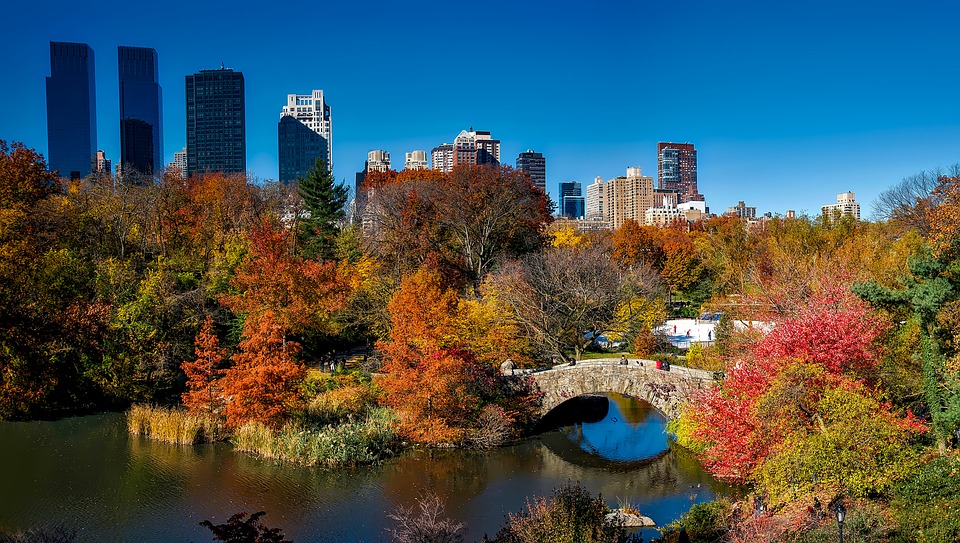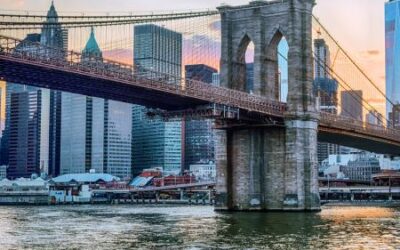Hard to believe…but spending on urban parks is up 30 percent over last year. At least that is what the U.S. Department of Commerce reports. This statistic is important because it represents millions of dollars of new contracting opportunities for companies from almost every industry sector.
Today’s municipal parks are treasured city assets. Most are structured as a refuge for fitness buffs, techies, cyclists, arts enthusiasts and nature lovers. They draw citizens of all ages and improve lifestyles while generating revenue for the city.
The focus on parks is understandable because city leaders are interested in attracting people and retail to downtown locations. Economic development organizations report that municipal parks are significant components of successful business relocation outreach efforts.
Park funding is being spent on new buildings, security, Wi-Fi, playground equipment, gardens, trails, roads and bridges. The National Recreation and Park Association recently released a report stating that the country’s local park and recreation agencies generated $154 billion in economic activity and supported 1.1 million jobs. If for no other reason, data such as this will keep city leaders focused on park improvements in the future.
In Waynesboro, Virginia, city planners are not only focusing economic development efforts on business and industry, but they are also working hard to attract more urban dwellers. Municipal officials, witnessing a decline in tax revenues from local industry, know that more citizens living in the downtown areas attract retail of all types – which results in more tax revenue. The city of Waynesboro plans to invest approximately $2 million in an urban revitalization project designed to transform an old 200-acre landfill into a public park that provides community recreation space.

Technology is a basic component of success when cities embark on making urban parks attractive to citizens. Park visitors want free Wi-Fi access and solar-powered phone-charging ports positioned in their parks. Ruby Dee Park in New Rochelle, New York, has added new high-tech benches that include charging stations and Wi-Fi access. Similar benches have also been added to parks in Chicago, Boston and Cleveland, Ohio. Digital information signs are also becoming common and can be found in the Samuel Adams Park in Boston. The solar-powered, wirelessly connected signs feature a digital display providing information on public transit, community events and business offerings. Digital signs often generate enough revenue to pay for new technology and “smart” park benches.
Other types of “Smart City” technology can be found in almost all new park development. Water use is being reduced with Smart Irrigation Controllers. These devices determine water needs and provide significant reductions in water costs. Some parks now also have methods to harvest rainwater and then store it for landscaping use. Lighting improvements increase park safety and the number of visitors each day.
While park upgrades are important, cities still have budget problems, so many have accepted alternative funding that is usually provided through public-private partnership engagements. Additionally, startup firms and technology companies have been providing technology upgrades in urban parks in many regions.
Voters throughout the country approved bond packages last November that will lead to new park projects in 2019. The projects will result in contracting opportunities worth millions of dollars.
Here is a sampling of a few planned park projects:
- City of Tucson – $225 million for improvements at city parks, including shaded playgrounds, splash pads, new restroom facilities and other capital needs;
- City of Fort Worth – $84.6 million for parks, recreation and community centers, including $750,000 for playground equipment, $661,000 for erosion control and dam restoration plus $11.1 million for park facility maintenance;
- City of Brookhaven, Georgia – $40 million for park system improvements including $17.8 million for two new swimming pools, $7.8 million for multi-purpose sports fields, a new $6.9 million community building, $2.2 million for a new splash pad and picnic area, $812,500 for fencing and parking renovations and $3.5 million for security projects;
- Brooklyn Park, Minnesota – $26 million for park projects that include $2.4 million for trails, signs and lights, $13.1 million for redevelopment and renovation, shelter improvements and construction of large-capacity picnic shelters; and
- Midwest City, Oklahoma – $21.6 million for golf course and baseball complex renovations and a new multi-purpose athletic facility.
It’s more than obvious – 2019 will be a very busy year for park officials, planners and contracting firms.
SPI’s team of experienced procurement consultants have a long track record of identifying and winning public sector business. Contact them today!






